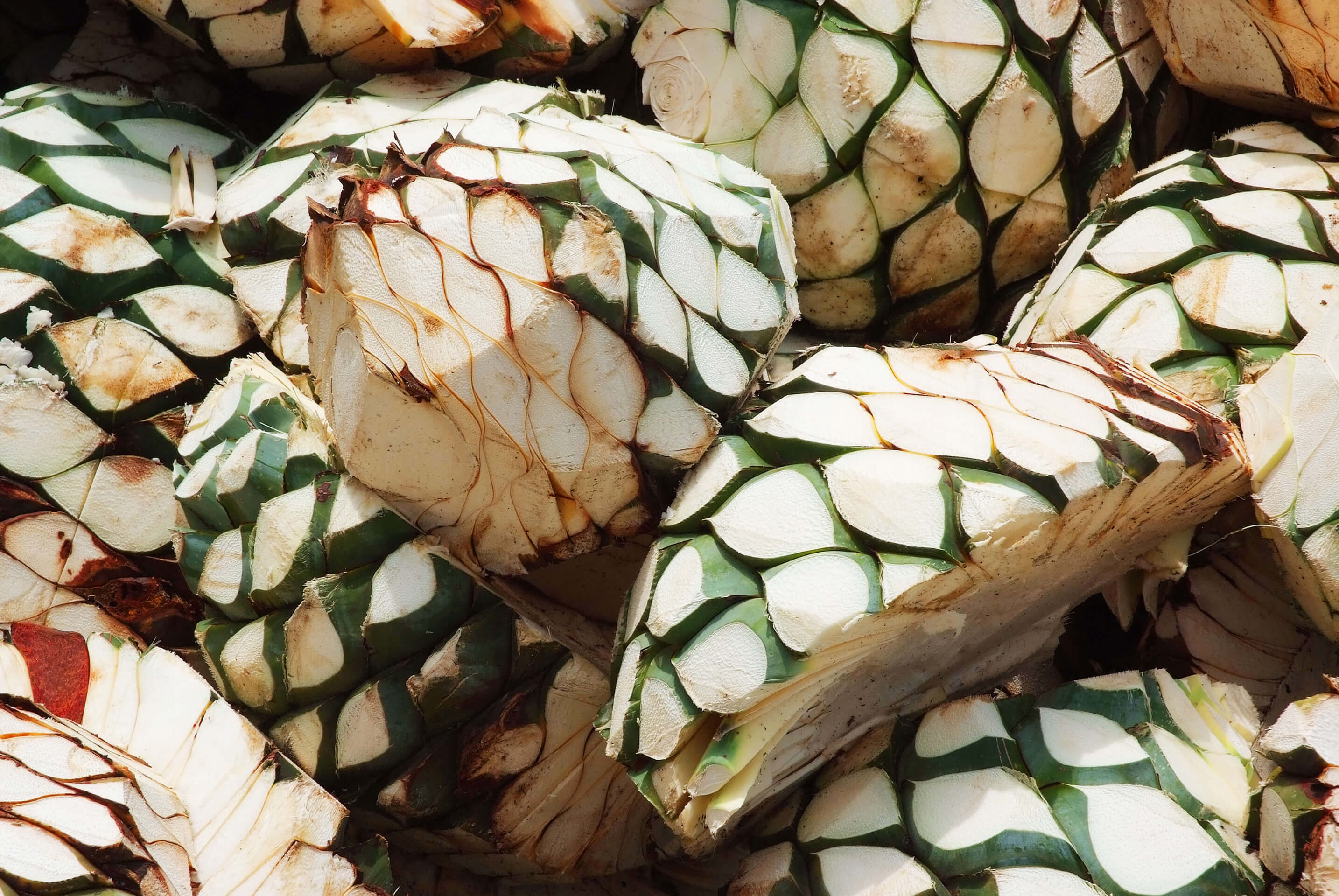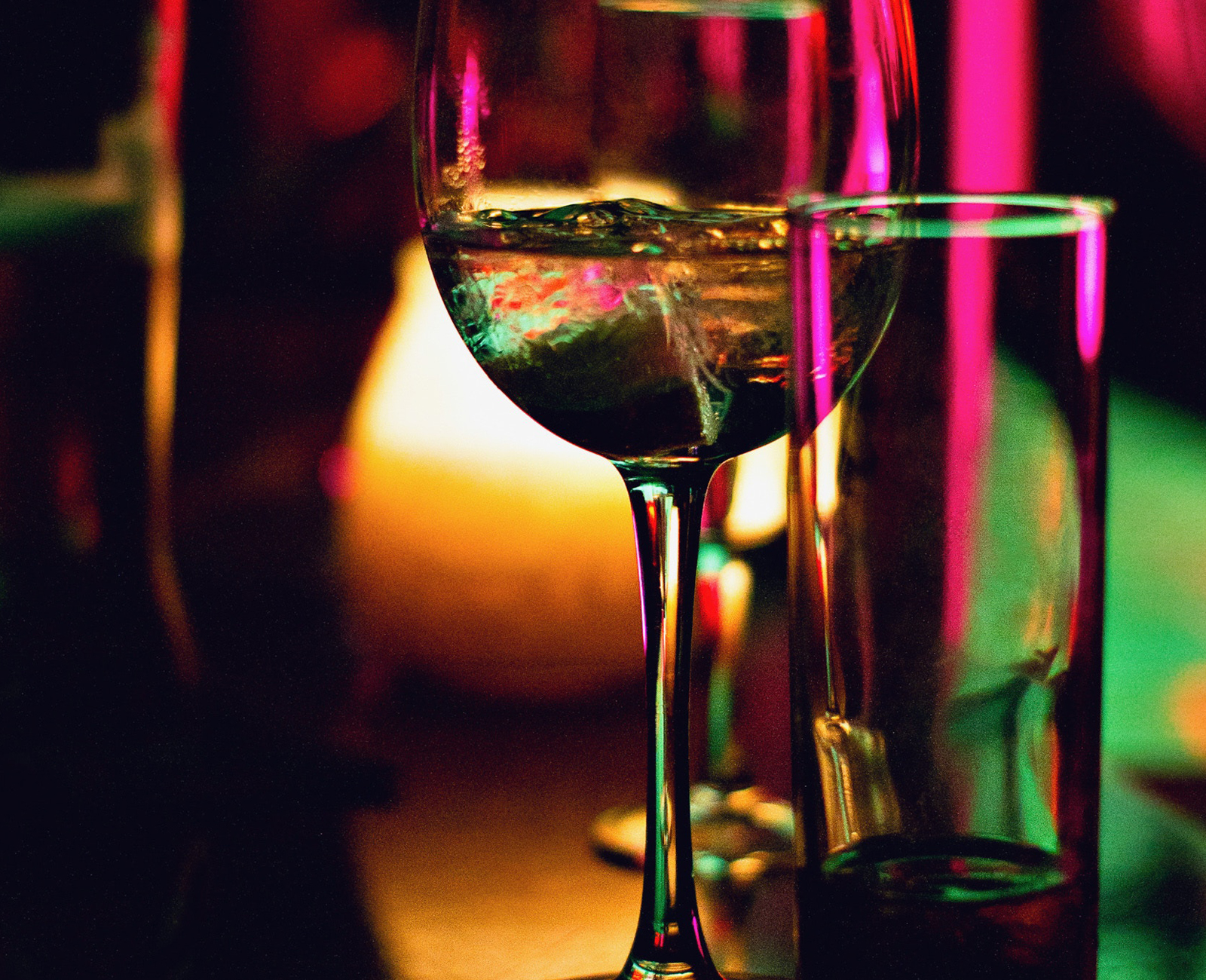WHAT IS TEQUILA?
Tequila is a distilled alcohol made from the fermented juice of the blue agave plant. Tequila makers produce some of the highest quality alcohol in the world, because the product is strictly regulated by Mexico’s tequila regulatory agency, the Consejo Regulador del Tequila or CRT.
Tequila must meet numerous standards to legally use the word “tequila” on the bottle. It may only be produced in the Mexican state of Jalisco, along with a few municipalities in the states of Guanajuato, Michoacán, Nayarit, and Tamaulipas. It can only be made by Authorized Producers using the Weber variety of blue agave. Its fermentation process, sugar and alcohol content are also closely regulated.
But even with all these rules, the taste of tequila can vary widely depending on the flavor of the agave. Which may lead you to ask…

HOW IS TEQUILA MADE?
The production of tequila is labor intensive and complex enough to be considered an art form, and each step can affect the product’s quality.
Harvest: Agaves take 5-10 years to reach maturity, and once they are ripe, they must be harvested by hand. Skilled farmworkers called jimadores dig up each plant and painstakingly strip its leaves to expose the plant’s core, called the piña. Each piña can weigh anywhere from 80-200 pounds.
Baking: Once piñas are harvested, they must be baked to turn their starches into fermentable sugars. This was traditionally done in a brick oven called a horno, but many distilleries today use steel pressure cookers called autoclaves. Both methods caramelize the agave.
Extraction: Baked agaves are usually shredded with a mechanical shredder to extract the sweet agave juice called mosto that will be used for fermentation. But some well-known distilleries still use the traditional method of crushing the piñas under a large stone wheel called a tahona.
Fermentation: The extracted mosto is put in steel or wooden vats with water and yeast to ferment. Each distillery uses a specific ratio of water to mosto, as well as proprietary strains of yeast and yeast activation processes. These may be the most closely-guarded trade secrets of each tequila maker.
Distillation: The fermented mixture moves to the still for a process that concentrates the alcohol. The mosto is typically distilled twice; each time, the alcohol is captured in 3 parts, called the head (beginning), heart (middle), and tail (end). The head and tail liquids contain most of the impurities, and are typically discarded in each round of distillation.
Aging: Lastly, the tequila is either rested, mixed or aged to create the classifications and types of tequila shown below. This final step determines the tequila’s taste more than any other.
WHAT ARE THE TYPES OF TEQUILA?
To figure out what kinds of tequila you should sip, mix and avoid, look at two factors:
Classifications of Tequila
100% Agave or 100% Blue Agave: This tequila is produced only from Weber blue agave with nothing else added to the mix. Use of this language is strictly controlled by the CRT, making it the number one way to spot a quality tequila.
Mixto Tequila: If you just see “tequila” on a label without “100% agave,” the product is what’s known as a mixto. These tequilas are only required to be 51% Weber blue agave, and makers can add other lower quality grain alcohol sugars to the mix before fermentation.
Types of Tequila
Silver/Blanco: Silver tequila can be bottled after distillation or rested for up to 60 days. It is the purest way to taste the agave flavor.
Gold/Joven: Unaged tequila that is usually a mixto and may have food coloring or additives.
Reposado: “Rested” tequila aged in wooden tanks for anywhere from 2-9 months.
Añejo: A more premium tequila aged in wooden barrels for 18 months to 3 years.
Extra Añejo: Possibly the world’s best tequilas, extra añejos have been aged more than 3 years. The rarest among them can run up to $1,000 per bottle.
WHAT IS SPARKLING TEQUILA?
Sparkling tequila is exactly what is sounds like: tequila blended with sparkling water. It’s fizzy like a sparkling wine or cocktail, but adds the flavors of agave to the mix. Azulana, in particular, adds a touch of salt, natural flavors and a splash of agave nectar.
Sparkling tequila is similar to hard seltzers and spiked seltzers, but these other drinks use beer-like malt alcohols as their base, which can be lower quality compared to tequila.
HOW DO WE MAKE AZULANA?
At Azulana, our 100% blue agave tequila is fermented using our proprietary creative fermentation process. This method makes the yeast more active across our vats, allowing it to create flavor notes that are unique to our tequila. After refining it through double distillation to ensure purity, we add refreshing sparkling water to the mix.
To make our Blue Agave flavor, we let the taste of the agave stand on its own, adding just a splash of agave nectar to make it very lightly sweet. Then we add natural fruit essence to create our Pineapple Rosemary and Lime flavors without the additional calories of fruit juice. The result is the only sparkling tequila fine enough to be called Azulana.



